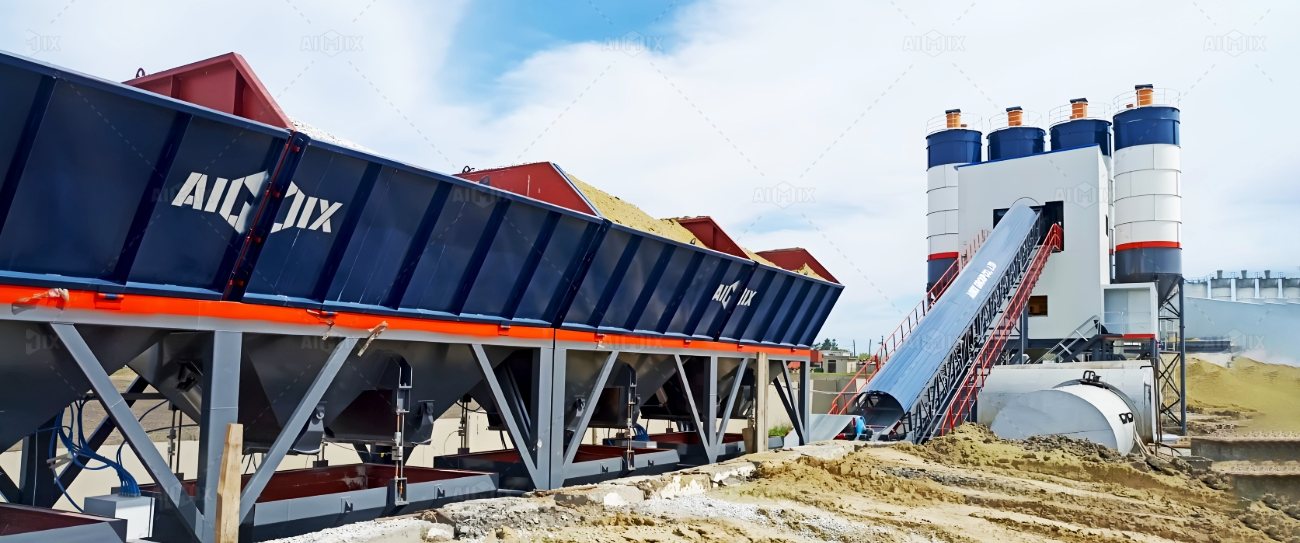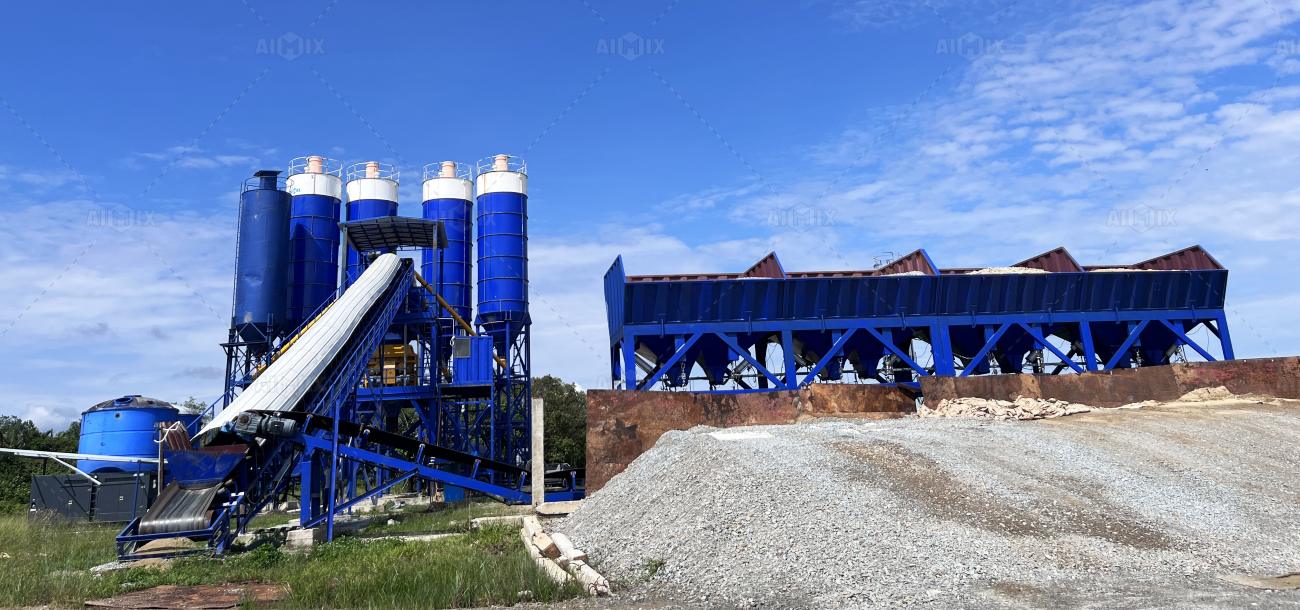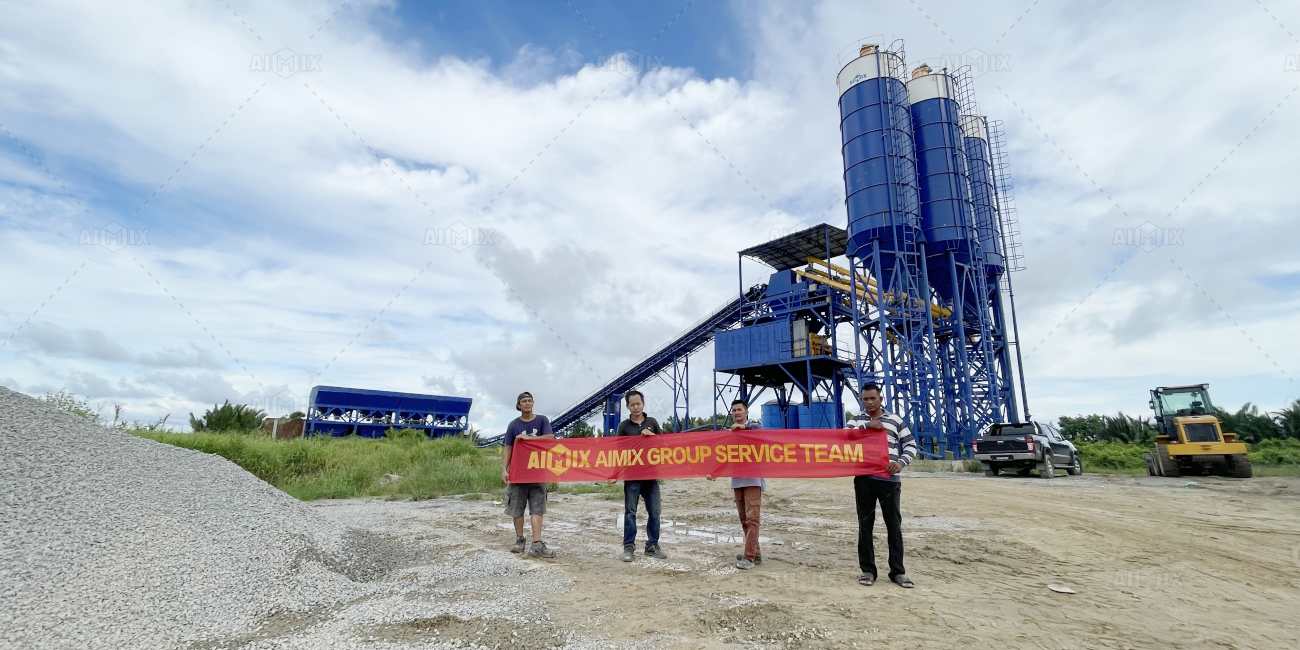The concrete batching plant industry is a cornerstone of the construction sector, providing the essential infrastructure for producing ready-mix concrete used in everything from residential buildings to massive infrastructure projects. As demand grows globally, understanding the concrete batch plant price forecast is crucial for contractors, investors, and suppliers. This article explores key trends, technological advancements, and market shifts shaping the pricing landscape of concrete batching plants. It also highlights important pricing considerations for ready mix concrete plant price, stationary concrete batching plant price, and mobile concrete plant price.

Global Demand and Market Dynamics Driving Prices
Worldwide urbanization, infrastructure investments, and government-backed construction projects are fueling robust demand for concrete batching plants. Emerging economies in Asia, Africa, and Latin America are witnessing rapid industrialization, prompting increased investment in concrete production capacity.
This growing demand exerts upward pressure on concrete batch plant prices due to the need for larger and more technologically advanced plants. However, supply chain disruptions, fluctuating raw material costs (steel, cement, electronics), and currency variations introduce volatility.
Ready mix concrete plant price trends are influenced heavily by local market demand and the scale of construction projects.
Regions with booming infrastructure development often see higher pricing for stationary concrete batching plants because of increased demand for large-capacity, high-performance units.
The mobile concrete plant price remains competitive in markets where flexible, portable solutions are preferred for short-term or remote projects.
Technology Innovations Impacting Concrete Batch Plant Prices
Technological advancements are reshaping the concrete batching plant industry, leading to changes in equipment costs and value proposition.
Automation and Control Systems:
Modern plants increasingly integrate automated batching controls, touchscreens, and remote monitoring. While automation increases the initial price, it significantly boosts operational efficiency and consistency, reducing long-term costs. As a result, automated plants often command a premium in the ready mix concrete plant price category.
Modular Designs and Flexibility:
Manufacturers offer modular plant components that enable buyers to customize capacity and features. This modularity influences stationary concrete batching plant price because scalable plants can be tailored to specific production volumes, avoiding unnecessary expenditure on oversized units.
Sustainability Features:
Environmental regulations are driving the adoption of dust collection systems, water recycling, and energy-efficient motors. Incorporating these eco-friendly components typically raises the mobile concrete plant price and stationary plant costs but aligns with growing industry focus on green construction.
Smart Integration and IoT:
The rise of IoT-connected batching plants provides real-time data on production performance, predictive maintenance, and inventory management. These features add upfront costs but enhance productivity and reduce downtime, offering excellent return on investment.

Price Differences: Stationary vs. Mobile Concrete Plants
The stationary concrete batching plant price and mobile concrete plant price differ significantly due to design, capacity, and intended use.
Stationary Plants:
These plants are designed for high-volume, long-term projects. They feature large aggregate storage, heavy-duty mixers, and extensive automation options. The price for a stationary plant is generally higher, reflecting its larger size, complexity, and installation requirements. Prices vary widely depending on capacity—from compact plants around 25 m³/hr to industrial-scale plants exceeding 240 m³/hr.
Mobile Plants:
Mobility and rapid setup define mobile plants. Their prices tend to be lower than stationary units of similar capacity due to compact design and reduced installation needs. However, advanced mobile plants equipped with automation and monitoring systems may approach the cost of smaller stationary plants. The mobile concrete plant price appeals especially to contractors handling multiple job sites or short-term contracts.
Market Shifts Influencing Price Forecasts
Several market factors shape the outlook for concrete batch plant prices:
Raw Material Cost Fluctuations:
Steel, cement, and electronic component prices directly impact manufacturing costs. Recent supply chain constraints and geopolitical issues have caused spikes in raw material prices, leading to increased plant prices globally.
Labor and Logistics Costs:
The cost of skilled labor and transportation affect overall plant pricing, especially for stationary concrete batching plants that require complex installation.
Increased Competition and New Entrants:
Emerging manufacturers offering affordable, quality plants are creating competitive pricing pressures. This trend helps balance the price hikes driven by technology upgrades and raw material inflation.
Regulatory Environment:
Stricter environmental laws in many countries are pushing manufacturers to incorporate costly green technologies, affecting the ready mix concrete plant price and other variants.

Practical Tips for Buyers: Managing Cost and Value
When planning to invest in a concrete batching plant, buyers should consider:
Assess Project Needs Accurately: Understanding production volume, mobility requirements, and project duration will help select between stationary or mobile plants, optimizing costs.
Consider Total Cost of Ownership: Factor in not just the concrete batch plant price but also operational costs, maintenance, and expected lifespan.
Leverage Technology Wisely: Invest in automation and monitoring where it adds measurable efficiency and quality benefits.
Negotiate with Multiple Manufacturers: The competitive landscape offers opportunities to get favorable pricing without compromising quality.
Plan for Future Scalability: Modular plants allow gradual expansion without significant upfront cost increases.
Conclusion
The forecast for concrete batch plant price reflects a complex interplay of market demand, technological innovation, and external economic factors. Buyers must navigate price variations between ready mix concrete plant price, stationary concrete batching plant price, and mobile concrete plant price while aligning investments with long-term business objectives.
Advances in automation, sustainability, and connectivity are increasing upfront costs but delivering value through efficiency and quality improvements. With growing global construction demands, concrete batching plants equipped with modern technology will continue to dominate market preferences, influencing pricing trends well into the future.
By understanding these evolving factors, contractors and investors can make informed decisions, secure competitive pricing, and build resilient concrete production operations for the years ahead.